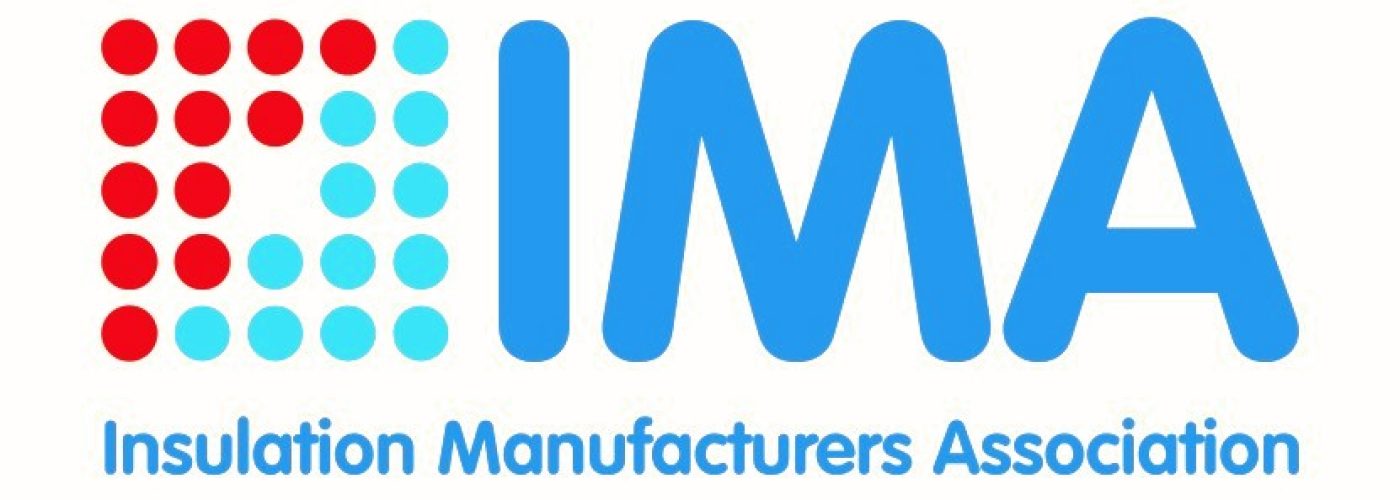Insulation Manufacturers Association (IMA) has today launched its guide to the use of PIR insulation in flat roofs in England. Created for specifiers, building owners, main contractors and roofing contractors, it offers expert advice on the key aspects affecting the specification of PIR insulation for flat roof applications.
As the trade association that represents both the polyisocyanurate (PIR) and polyurethane (PUR) insulation industry in the UK, IMA members manufacture rigid insulation that provides around 40% of the total thermal insulation market in the UK. With flat roofing a key sector, this comprehensive guide brings clarity around the specification of PIR insulation into flat roofing systems.
The document provides guidance on how to meet the latest requirements of Approved Document B (ADB) of the Building Regulations 2010 for England in relation to PIR insulation in flat roofing applications. It looks at the thermal and strength characteristics of PIR to help designers understand how and where PIR can be used.
The document also gives guidance on other properties pertinent to the use of PIR in flat roofing such as fire,thermal performance and compressive strength. It covers the use of PIR in warm roof applications, which accounts for the majority of applications and also explains the terminology that often causes confusion, in particularly the phrases ‘balcony’ and ‘specified attachment’.
“This detailed publication brings clarity in respect of how and where PIR insulation can be used following the changes in building regulations with respect to flat roofing,” commented Simon Storer, Chief Executive of IMA. “It also addresses questions that have been raised regarding roofing classifications as well as issues around fire performance, compressive strength and thermal performance.”
The guide provides visual comparison of the thickness of different insulation types when achieving specific U-values to help specifiers and contractors appreciate potential roof thickness. It also looks at how moisture can be controlled in flat roofs when using PIR insulation.
At a time when the construction industry is faced with the challenges and opportunities of operating in the wake of COVID-19, the PIR insulation industry is well poised to help deliver better performing buildings both now and in the future, as well as playing a part in helping the UK achieve its net-zero climate change ambitions.
To download A guide to the use of PIR in flat roofs in England , please click on the following link:- https://insulationmanufacturers.org.uk/resources/guides-brochures/
For more information about IMA visit www.insulationmanufacturers.org.uk





